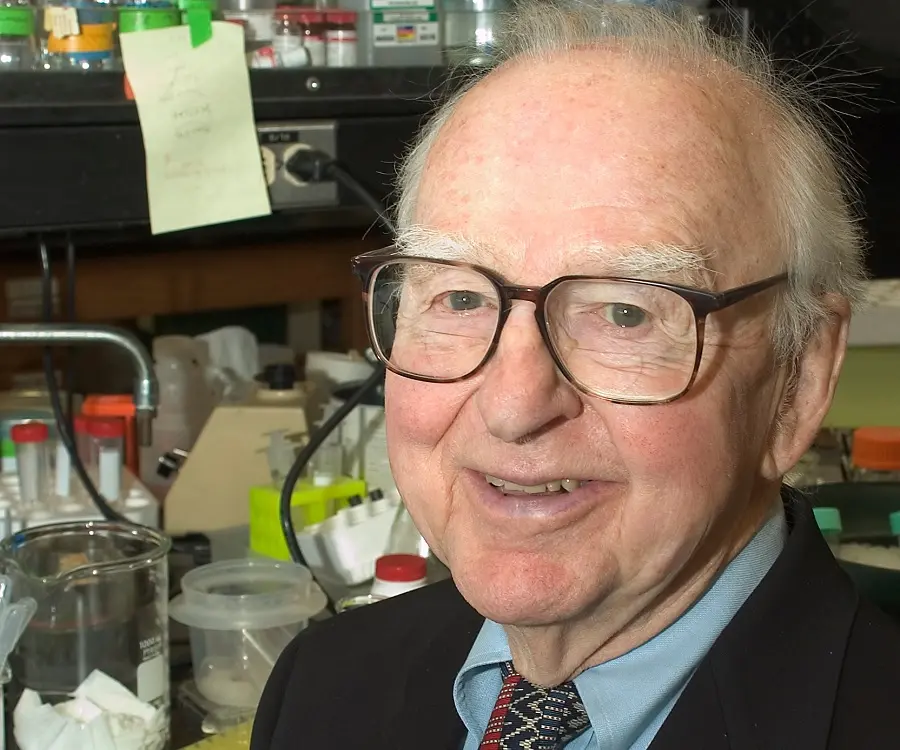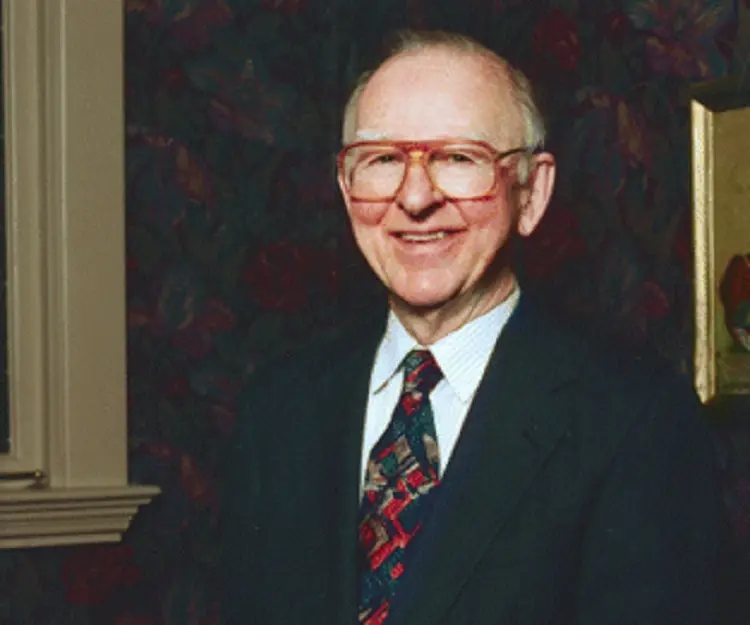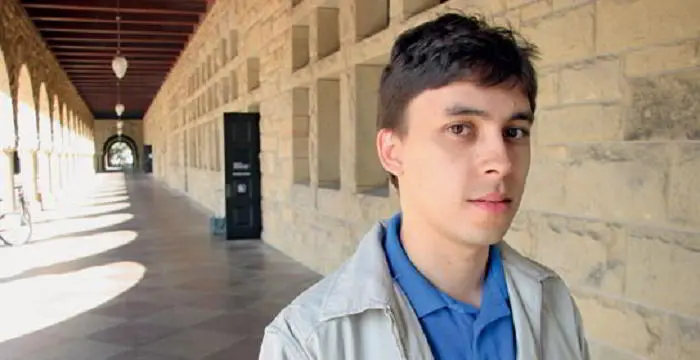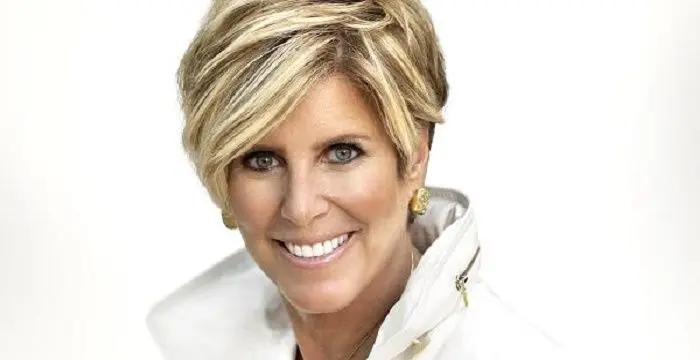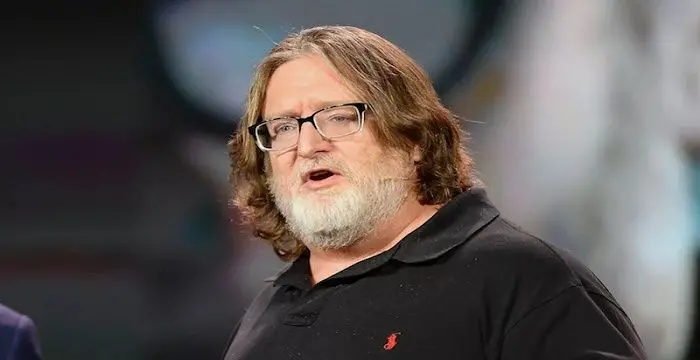
Edwin G. Krebs - Chemists, Timeline and Facts
Edwin G. Krebs's Personal Details
Edwin G
| Information | Detail |
|---|---|
| Birthday | June 6, 1918 |
| Died on | December 21, 2009 |
| Nationality | American |
| Famous | University Of Illinois, Scientists, Chemists, Biochemists |
| Universities |
|
| Notable Alumnis |
|
| Birth Place | Lansing, Iowa, United States |
| Gender | Male |
| Sun Sign | Gemini |
| Born in | Lansing, Iowa, United States |
| Famous as | Biochemist |
| Died at Age | 91 |
// Famous Chemists
Henry Cavendish
Henry Cavendish was a theoretical chemist and physicist, renowned for discovery of hydrogen and calculation of the mass of earth. To know more about his childhood, profile, timeline and career read on
Walter Kohn
Nobel Laureate Walter Kohn was an Austrian-born American theoretical chemist and physicist. Check out this biography to know about his childhood, life, achievements, works & timeline.
Jabir Ibn Hayyan
Jabir Ibn Hayyan was a medieval era polymath. Check out this biography to know about his life, works and achievements.
Edwin G. Krebs's photo
Who is Edwin G. Krebs?
Edwin G. Krebs was a noted American biochemist, who, along with Edmond H. Fischer, won the 1992 Nobel Prize in Physiology or Medicine. Krebs lost his father when he was only fifteen years old and the incident had a sad repercussion on his otherwise happy childhood. He started thinking what to do with his life even when he was a high school student. Ultimately, he entered the Washington University School of Medicine and earned his medical degrees at the age of twenty five. After a short military service, he was drawn to basic research and joined University of Washington, Seattle as an Assistant Professor at the Department of Biochemistry. There with Edmond H. Fischer, he began to work on enzymology of phosphorylase and within a short time, discovered a biochemical process called reversible protein phosphorylation, which earned them the coveted Nobel Prize many years later. Later, they worked separately on different aspect of the process. He was blessed with a keen intellect. His amazing research output earned him an iconic status among his the scientific fraternity. He was also a loving mentor to numerous students and postdoctoral fellows. Many of them still remember him as a kind and gentle mentor.
// Famous University Of Illinois
Temple Grandin
Temple Grandin is a well-known American writer, autistic activist and animal expert. This biography profiles her childhood, life, achievements, career and timeline
Jawed Karim
Jawed Karim is a German-American internet entrepreneur, technologist and co-founder of the video-sharing website, YouTube. Check out this biography to know about his childhood, family, personal life, achievements, age, etc.
Suze Orman
Suze Orman is an American television host, financial advisor, author and motivational speaker, famous for her ‘The Suze Orman Show’ on CNBC. This biography profiles her childhood, life, career, works, achievements and timeline.
Childhood & Early Life
Edwin Gerhard Krebs was born in June 6, 1918, in Lansing, Iowa. His father, William Carl Krebs, was a Presbyterian minister, while his mother, Louise Helen (Stegeman) Krebs, was a teacher before her marriage. Edwin was third of his parents’ four children.
Because of his father’s profession, they were required to move around a lot. Finally, in and around 1924, they settled in Greenville, Illinois. The town had good schools and Edwin enjoyed his life immensely.
He was a good student and also liked hiking, fishing, stamp collecting. Some time now, he made a ham radio just to keep in touch with a friend who had moved to Chicago.
In 1933, William Carl Krebs, died unexpectedly. At that time, Edwin was studying in the first year of the high school and his elder brothers were at the University of Illinois. To cut cost, his mother moved the family to Urbana and Edwin was enrolled at Urbana High School.
Financially, it was a hard time. To make the ends meet, Edwin, like his brothers, took up part time job. At the same time, he began contemplating about his future. Both chemistry and medicine appealed to him because he believed it would be easier to earn his living with them.
In 1936, he entered University of Illinois at Urbana-Champaign with chemistry, physics and biology. By the fourth year, he narrowed his choice to organic chemistry or medicine. This was also the year when he had his first brush with scientific research, an experience he enjoyed very much.
In 1940, after receiving his BS degree from University of Illinois, Edwin Krebs entered Washington University School of Medicine in St. Louis on a scholarship. Here, he was not only trained to become a doctor, but was also introduced to medical research.
Career
Edwin G. Krebs earned his medical degree in 1943 and joined Barnes Hospital, also in St. Louis, for 18-month residency. On its completion, he joined the US Navy as a medical officer on active duty as part of the war service.
In 1946, Krebs was discharged from Navy. Although he wanted to join hospital duty he did not get the scope immediately. Subsequently, he joined Washington University at St. Louis and began to work on the interaction of protamine with rabbit muscle phosphorylase under Carl and Gerty Cori, as postdoctoral fellow.
Krebs’ postdoctoral period came to an end in 1948. By that time he had made up his mind to continue research work. Therefore, when the offer came, he happily joined the University of Washington, Seattle as an Assistant Professor at the Department of Biochemistry.
He first started working on DPNH-X, a derivative of NADH. But when in 1953, Edmond H. Fischer arrived at the university ‘the two Eds’ started working on the enzymology of phosphorylase. As the emphasis in the department was on protein chemistry and enzymology, it provided an excellent environment for their work.
It is to be remembered that before he came here, Krebs had worked with the Coris on phosphorylase on rabbit muscle phosphorylase. There they had found that, for the phosphorylase to function, AMP had to serve as some kind of co-factor.
Before he came here, Fischer had also been working on purification of potato phosphorylase at the University of Geneva with Prof. Kurt H. Meyer, Head of the Department of Organic Chemistry. However, there they did not require AMP.
Now, both Krebs and Fischer knew that every enzyme used the same co-enzyme to catalyze the same kind of reactions. Therefore, it was not possible that muscle phosphorylase would require AMP as a co-factor but not potato phosphorylase. They now decided to solve this dilemma.
However, they failed in their mission; but in the process they found that muscle phosphorylase was regulated by phosphorylation-dephosphorylation and that the process, known as reversible protein phosphorylation, regulates various cellular processes. Malfunctioning of this process leads to many fatal diseases.
In 1957, Krebs was made a full professor at the University of Washington. Some time now, he and Fischer began to work separately on different areas of phosphorylation. Krebs’ team began to concentrate on the molecular mechanism of action of cyclic AMP in promoting the phosphorylase b to a reaction.
In 1968, Krebs left University of Washington, Seattle to join University of California. At the University of California, Krebs became the founding chairman of the Department of Biochemistry. Here he recruited the best faculty and proved that he was equally good in administration.
Sometime now, he also became a member of the editorial board of the ‘Journal of Biological Chemistry and in 1972, he became one of its associate editors. He remained in this position till 1992.
Meanwhile in 1977, Krebs returned to the University of Washington, Seattle, as Chairman of the Department of Pharmacology. Concurrently, he was also appointed an investigator for the Howard Hughes Medical Institute.
In 1983, after he had rebuilt the department, Krebs refocused on research and training of junior scientists. He now started solving new problems in signal transduction. His team contributed significantly to the analysis of phosphotyrosine signaling events. His findings later helped to discover a new phosphorylation cascade - the MAP kinase pathway.
Krebs also had number of books to his credit. ‘The Enzymes’ (1970, with Paul D. Boyer and D S Sigman), ‘Protein Phosphorylation’ (1981, with Ora M Rosen) and ‘Control by Phosphorylation’ (1986, with Paul D. Boyer) are the most significant of them.
Major Works
Krebs is best known for his work on reversible protein phosphorylation, a biochemical mechanism that regulates the activities of the cells. He began his studies with Edmond H. Fischer to find out how muscles get their energy from glycogen and what role AMP had in phosphorylation.
By the middle of the 1950s they discovered that phosphorylation and dephosphorylation of proteins are regulated by enzymes. A kinase enzyme called protein kinase moves a phosphate group from adenosine triphosphate (ATP) to a protein. This activates the protein and it starts taking part in the biological reactions.
When the job is done, a protein phosphatase deactivates the protein by removing the phosphate. The process regulates a number of biological functions such as mobilization of glucose from glycogen, prevention of transplant rejection, development of a cancer like chronic myeloid leukemia etc.
In 1992, Edwin G. Krebs and Edmond H. Fischer were jointly awarded Nobel Prize in Philosophy or Medicine "for their discoveries concerning reversible protein phosphorylation as a biological regulatory mechanism".
In 1989, Krebs was awarded Louisa Gross Horwitz Prize for Biology or Biochemistry by Columbia University and Albert Lasker Award for Basic Medical Research by Laskar Foundation.
Personal Life & Legacy
While working at the Barnes Hospital, Edwin Krebs met Virginia Deedy French, a student nurse at Washington University. They got married on March 10, 1945. Although she earned her degree, she forsook her career to support her husband and was a constant source of inspiration.
Edwin and Deedy remained together till his death in 2007. They had three children, Sally Herman, Robert Krebs and Martha Abrego.
Krebs led a very active life till he was almost eighty years old. In 1997, he finally closed his laboratory at the University of Washington. Even after that he attended research seminars on regular basis and was keenly interested in latest development in the field.
Krebs died on December 21, 2009 from progressive heart failure at a chronic care facility in Seattle Washington. He was survived by his wife, three children, and five grandchildren.
// Famous Biochemists
Robert Huber
Robert Huber is a German biochemist and Nobel Laureate. Check out this biography to know about his childhood, life, achievements, works & timeline.
Charles Best
Charles Best was a great scientist and a renowned physiologist who is remembered for being the co-discoverer of insulin. Read this biography to learn about his profile, childhood, life and timeline.
Isaac Asimov
Isaac Asimov was an American professor of biochemistry and a renowned author of science fiction and popular science books. Read this biography to know more about his life.
Edwin G. Krebs's awards
| Year | Name | Award |
|---|---|---|
Other | ||
| 1966 | Gairdner Foundation International Award | |
| 1989 | Albert Lasker Award for Basic Medical Research | |
| 1989 | Louisa Gross Horwitz Prize | |
| 0 | 1992 - Nobel Prize in Physiology or Medicine | |
| 0 | 1966 - Guggenheim Fellowship for Natural Sciences | |
| 0 | US & Canada | |
Edwin G. Krebs biography timelines
- // 6th Jun 1918Edwin Gerhard Krebs was born in June 6, 1918, in Lansing, Iowa. His father, William Carl Krebs, was a Presbyterian minister, while his mother, Louise Helen (Stegeman) Krebs, was a teacher before her marriage. Edwin was third of his parents’ four children.
- // 1924Because of his father’s profession, they were required to move around a lot. Finally, in and around 1924, they settled in Greenville, Illinois. The town had good schools and Edwin enjoyed his life immensely.
- // 1933In 1933, William Carl Krebs, died unexpectedly. At that time, Edwin was studying in the first year of the high school and his elder brothers were at the University of Illinois. To cut cost, his mother moved the family to Urbana and Edwin was enrolled at Urbana High School.
- // 1936In 1936, he entered University of Illinois at Urbana-Champaign with chemistry, physics and biology. By the fourth year, he narrowed his choice to organic chemistry or medicine. This was also the year when he had his first brush with scientific research, an experience he enjoyed very much.
- // 1940In 1940, after receiving his BS degree from University of Illinois, Edwin Krebs entered Washington University School of Medicine in St. Louis on a scholarship. Here, he was not only trained to become a doctor, but was also introduced to medical research.
- // 1943Edwin G. Krebs earned his medical degree in 1943 and joined Barnes Hospital, also in St. Louis, for 18-month residency. On its completion, he joined the US Navy as a medical officer on active duty as part of the war service.
- // 10th Mar 1945While working at the Barnes Hospital, Edwin Krebs met Virginia Deedy French, a student nurse at Washington University. They got married on March 10, 1945. Although she earned her degree, she forsook her career to support her husband and was a constant source of inspiration.
- // 1946In 1946, Krebs was discharged from Navy. Although he wanted to join hospital duty he did not get the scope immediately. Subsequently, he joined Washington University at St. Louis and began to work on the interaction of protamine with rabbit muscle phosphorylase under Carl and Gerty Cori, as postdoctoral fellow.
- // 1948Krebs’ postdoctoral period came to an end in 1948. By that time he had made up his mind to continue research work. Therefore, when the offer came, he happily joined the University of Washington, Seattle as an Assistant Professor at the Department of Biochemistry.
- // 1953He first started working on DPNH-X, a derivative of NADH. But when in 1953, Edmond H. Fischer arrived at the university ‘the two Eds’ started working on the enzymology of phosphorylase. As the emphasis in the department was on protein chemistry and enzymology, it provided an excellent environment for their work.
- // 1957In 1957, Krebs was made a full professor at the University of Washington. Some time now, he and Fischer began to work separately on different areas of phosphorylation. Krebs’ team began to concentrate on the molecular mechanism of action of cyclic AMP in promoting the phosphorylase b to a reaction.
- // 1968In 1968, Krebs left University of Washington, Seattle to join University of California. At the University of California, Krebs became the founding chairman of the Department of Biochemistry. Here he recruited the best faculty and proved that he was equally good in administration.
- // 1972 To 1992Sometime now, he also became a member of the editorial board of the ‘Journal of Biological Chemistry and in 1972, he became one of its associate editors. He remained in this position till 1992.
- // 1977Meanwhile in 1977, Krebs returned to the University of Washington, Seattle, as Chairman of the Department of Pharmacology. Concurrently, he was also appointed an investigator for the Howard Hughes Medical Institute.
- // 1983In 1983, after he had rebuilt the department, Krebs refocused on research and training of junior scientists. He now started solving new problems in signal transduction. His team contributed significantly to the analysis of phosphotyrosine signaling events. His findings later helped to discover a new phosphorylation cascade - the MAP kinase pathway.
- // 1989In 1989, Krebs was awarded Louisa Gross Horwitz Prize for Biology or Biochemistry by Columbia University and Albert Lasker Award for Basic Medical Research by Laskar Foundation.
- // 1997Krebs led a very active life till he was almost eighty years old. In 1997, he finally closed his laboratory at the University of Washington. Even after that he attended research seminars on regular basis and was keenly interested in latest development in the field.
- // 2007Edwin and Deedy remained together till his death in 2007. They had three children, Sally Herman, Robert Krebs and Martha Abrego.
- // 21st Dec 2009Krebs died on December 21, 2009 from progressive heart failure at a chronic care facility in Seattle Washington. He was survived by his wife, three children, and five grandchildren.
// Famous Scientists
Juliane Koepcke
Juliane Koepcke is a German-Peruvian biologist, who was the lone survivor among the 92 passengers and crew of the ill-fated LANSA Flight 508 that crashed in the Peruvian rainforest on 24 December 1971. Know more about her life in this biography.
Henry Cavendish
Henry Cavendish was a theoretical chemist and physicist, renowned for discovery of hydrogen and calculation of the mass of earth. To know more about his childhood, profile, timeline and career read on
Konstantin Tsiolkovsky
Konstantin Tsiolkovsky was a Russian rocket scientist and a pioneer of astronautics. This biography provides detailed information about his childhood, family, personal life, career, achievements, etc.
Gabe Newell
Gabe Newell is an American computer programmer and businessman, best known as the co-founder of ‘Valve Corporation.’ This biography provides detailed information about his childhood, family, personal life, career, etc.
Grigori Perelman
Grigori Perelman is a Russian mathematician who is best known for his contributions to Riemannian geometry and geometric topology. Check out this biography to know about his childhood, family life, achievements and fun facts about him.
Eduardo Saverin
Eduardo Luiz Saverin is a Brazilian internet entrepreneur and investor. This biography profiles his childhood, life, career, achievements, and timeline
Edwin G. Krebs's FAQ
What is Edwin G. Krebs birthday?
Edwin G. Krebs was born at 1918-06-06
When was Edwin G. Krebs died?
Edwin G. Krebs was died at 2009-12-21
Which age was Edwin G. Krebs died?
Edwin G. Krebs was died at age 91
Where is Edwin G. Krebs's birth place?
Edwin G. Krebs was born in Lansing, Iowa, United States
What is Edwin G. Krebs nationalities?
Edwin G. Krebs's nationalities is American
What was Edwin G. Krebs universities?
Edwin G. Krebs studied at University Of Illinois
What was Edwin G. Krebs notable alumnis?
Edwin G. Krebs's notable alumnis is University Of Illinois
What is Edwin G. Krebs's sun sign?
Edwin G. Krebs is Gemini
How famous is Edwin G. Krebs?
Edwin G. Krebs is famouse as Biochemist



